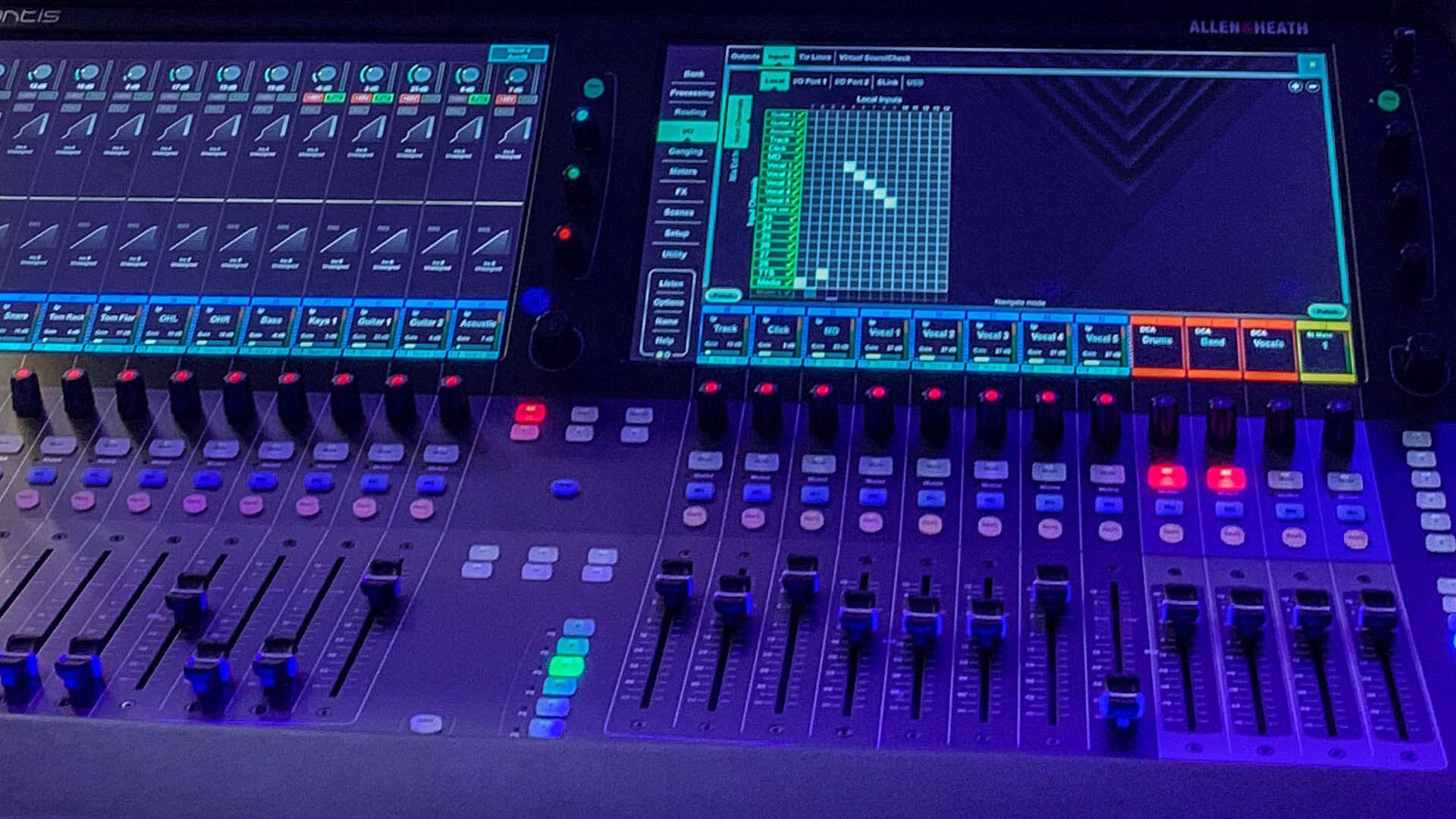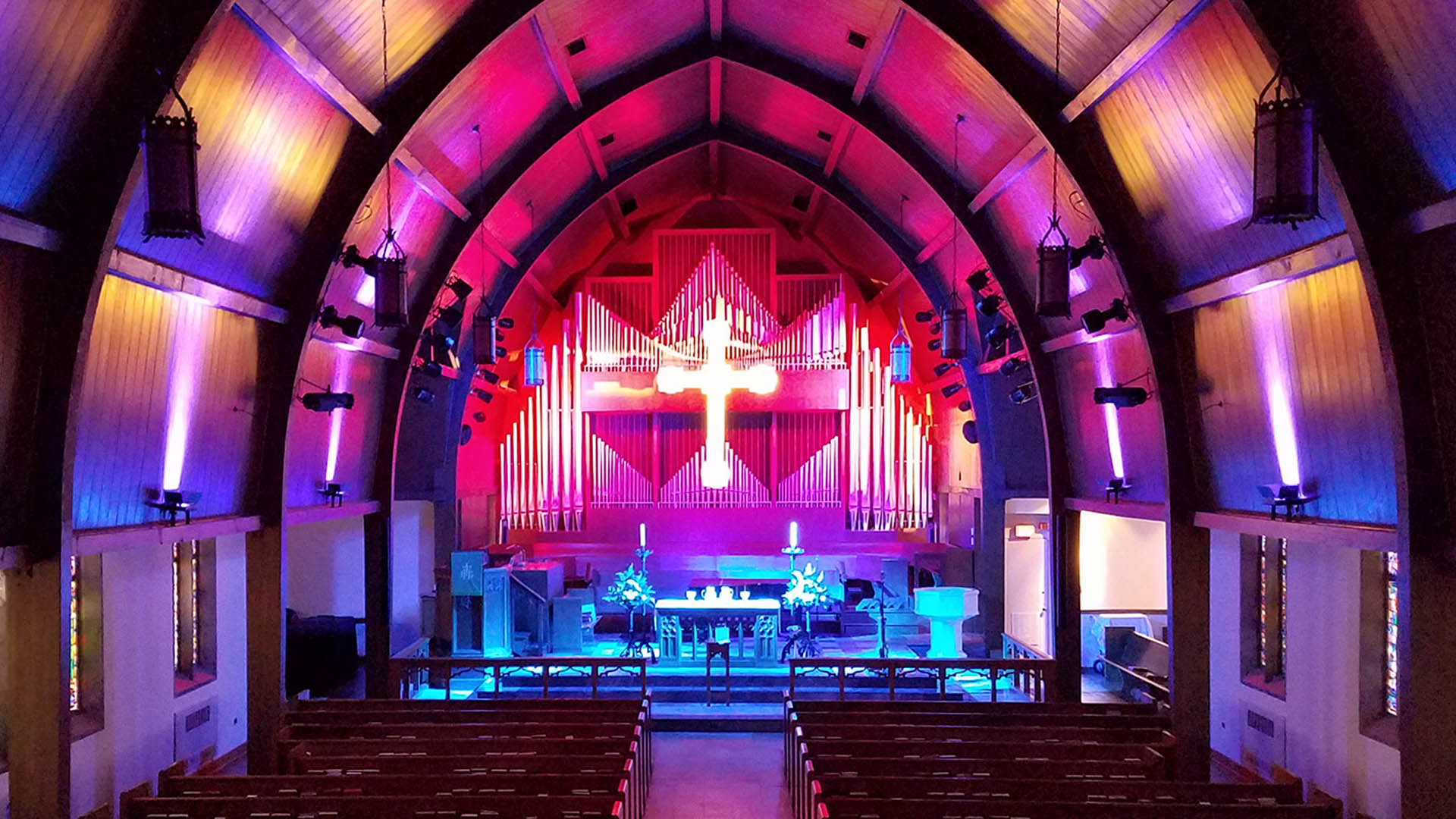The Future of Wireless Audio in Churches: Why WMAS Changes the Game
Navigating the challenges of wireless audio in church environments has always been a balancing act. From managing frequency constraints to ensuring crystal-clear sound, church production teams have faced a shrinking RF spectrum and increasing interference. However, with the FCC's recent approval of Wireless Multichannel Audio Systems (WMAS), a new era of innovation is here—one that promises to revolutionize the way churches approach audio technology.
Let’s explore how WMAS addresses these challenges and why it’s poised to transform worship experiences.
The Struggle for Spectrum: A Long Road to Innovation
Churches and audio engineers alike have felt the sting of the FCC’s regulatory changes over the past decade. In 2010, the 700 MHz band was made off-limits, followed by the 600 MHz band in 2017. These changes forced many to overhaul their systems, often at significant cost, and made frequency management even more challenging in urban environments or larger setups.
The result? A crowded RF spectrum that left churches vying for clarity amid increasing interference.
Manufacturers responded with digital transmitters and receivers utilizing the 900 MHz and 2.4 GHz bands, but these solutions came with their own set of challenges—primarily competition from other devices and latency issues that disrupted the worship experience.
WMAS, however, breaks free from these constraints, offering a transformative solution.
What Makes WMAS a Game-Changer?
Unlike traditional narrowband technology, which relies on a single fixed-frequency carrier wave of 200 KHz, WMAS introduces a multi-carrier approach with bandwidths as broad as 20 MHz. This advancement offers:
-
Better Frequency Management:
By consolidating multiple audio channels into a single wideband signal, WMAS reduces intermodulation interference, allowing for clearer, more reliable audio transmission. -
Increased Efficiency:
WMAS technology can handle multiple inputs—such as in-ear monitors (IEMs), microphones, and even data control—on a single carrier. This simplifies setups and makes it easier for church teams to scale their audio solutions. -
Low Latency:
Latency has long been a concern, particularly in digital systems. With WMAS, latency is reduced to under 1 millisecond, ensuring seamless alignment between live audio and visuals. -
Future-Proof Technology:
With WMAS, churches can embrace the latest innovations without worrying about obsolescence. Leading manufacturers like Shure and Sennheiser are already rolling out products that leverage this technology, such as Shure’s Axient Digital PSM system and Sennheiser’s Spectera.
The Impact on Church Audio
For churches, WMAS offers more than just technical advancements—it’s a tool for enhancing worship. By providing reliable, distraction-free sound, WMAS helps foster an environment where congregations can fully engage in worship and connect with the message.
Streamlined Systems:
With fewer interference issues and more efficient frequency coordination, production teams can focus on delivering an exceptional audio experience rather than troubleshooting RF problems.
Enhanced Creativity:
WMAS’s ability to handle complex audio setups opens the door for more dynamic worship experiences, whether through immersive soundscapes, clearer spoken word, or seamless transitions in music.
Improved Support:
Manufacturers are stepping up to ensure church teams have the training and resources needed to make the most of WMAS technology. From demos to remote troubleshooting, the support infrastructure is designed to make adoption as smooth as possible.
Preparing for the Future
The approval of WMAS marks a pivotal moment for church audio. But as with any technological shift, it’s essential to approach it strategically. Churches should:
- Educate Production Teams: Ensure your team understands how WMAS works and the benefits it offers.
- Invest Thoughtfully: Evaluate your current system and plan upgrades that align with your worship needs and budget.
- Partner with Experts: Work with trusted AV integrators, like Brilliance AV, to navigate the transition and design a solution tailored to your church.
WMAS: Elevating Worship Through Innovation
For years, church production teams have prayed for a solution to the RF challenges that hinder seamless worship. WMAS answers that prayer, offering a new standard for wireless audio that prioritizes clarity, reliability, and scalability.
At Brilliance AV, we’re passionate about equipping churches with the tools they need to elevate worship experiences. Whether you're ready to explore WMAS or need guidance on optimizing your current system, our team is here to help.
Let’s take the next step together—toward clearer sound, stronger connections, and more impactful worship.
Let's build irresistible experiences.
Connect With Us
Planning a project? Share your vision with us through this form, and we'll connect with you shortly.
Thriving Together: 4 Goals for Elevating Your Church Production Team in 2025
The Importance of Regular AVL Maintenance and Upgrades in Churches
Training Volunteers for Effective AVL Operation: Tips and Tools
Top Trends in Church AVL: What to Expect in 2025
Why Scottsdale Arizona Churches Trust Brilliance AV for Seamless Worship Technology Integration
Why the Chauvet Professional Maverick is an Outstanding Stage Light for Churches
Why the Allen & Heath Avantis is a Top Choice for Most Churches
Why Many Churches Choose Chauvet Professional for Their Stage Lighting Needs
- 1
- 2










